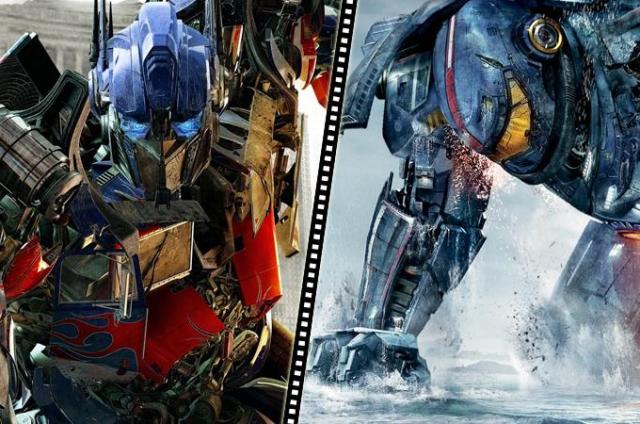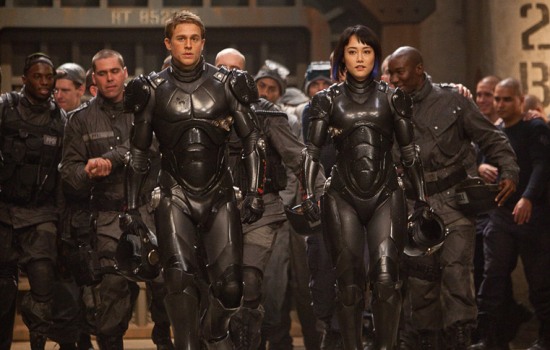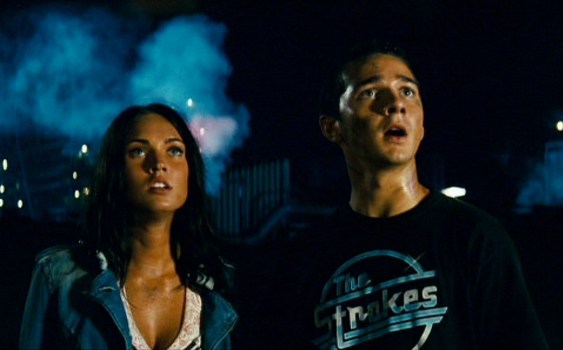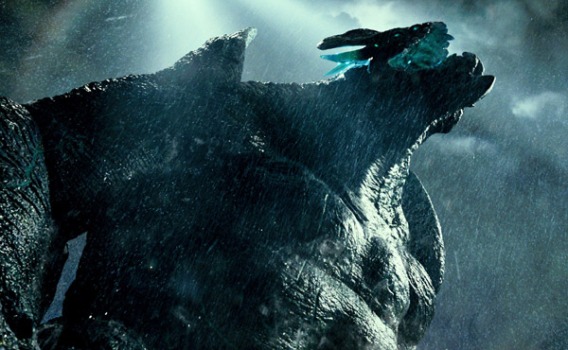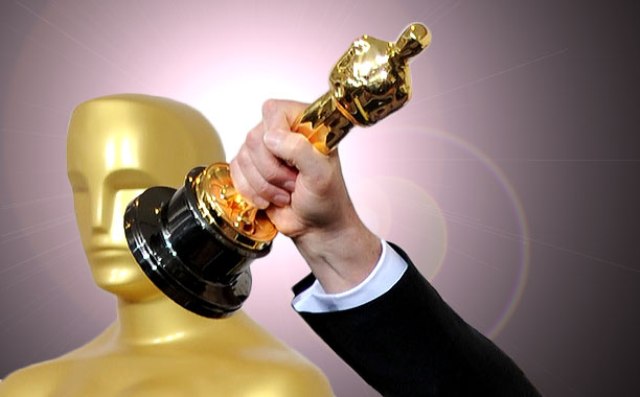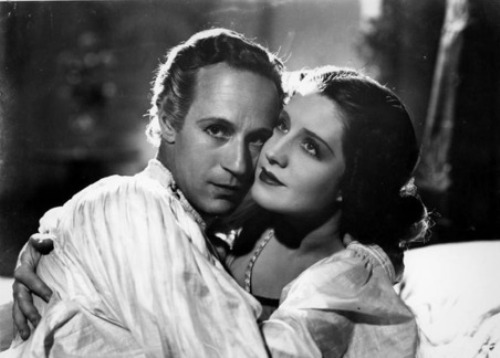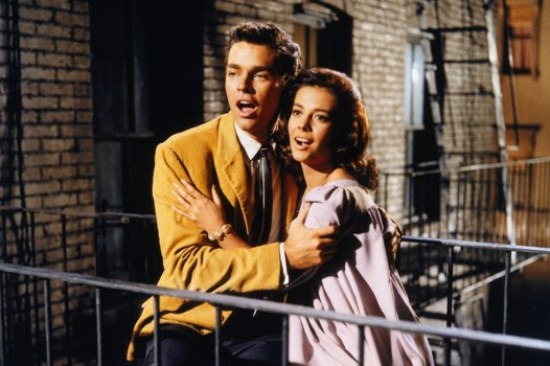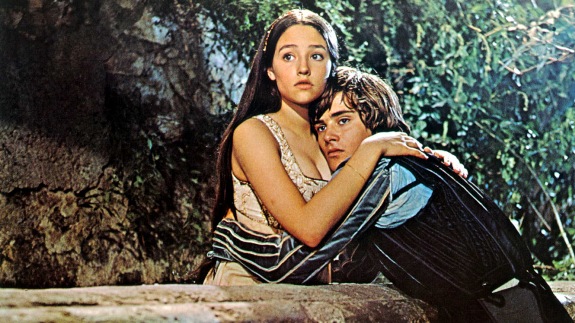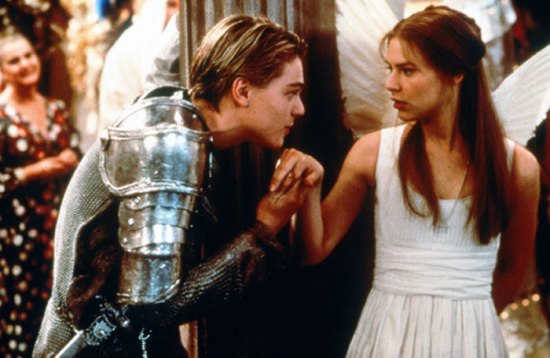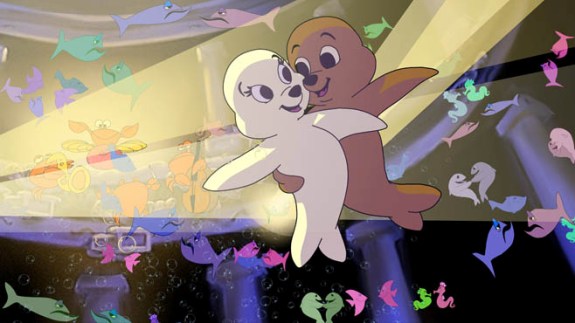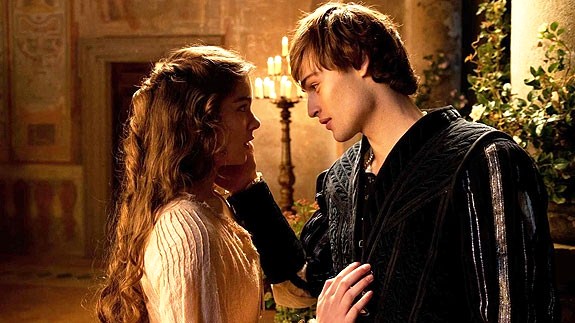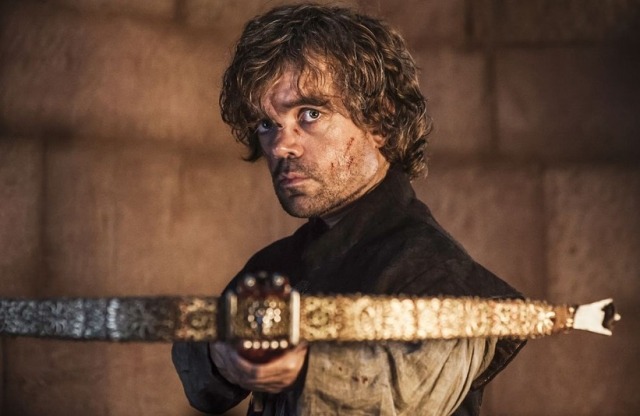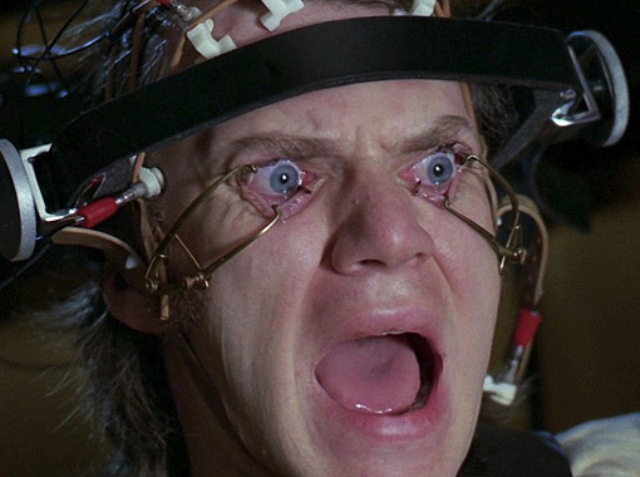There has been a long history of movies centered around fast and powerful cars. Going back to the Rebel Without a Cause (1955) days, and following through to the heyday of the 1970’s with great vehicle chases in The French Connection (1971) and Bullitt (1968), audiences have always loved seeing big stars having fun in big cars. Specifically, cars have had a long association with depictions of masculinity on film, having the vehicles themselves work as an extension of the male characters strength and confidence, or perhaps an indicator of their insecurity depending on how much you read into it. This has been especially true with many action film s in recent years, which has usually come to feature a car chase or two at some point in their running times. The resulting trend has been commonly referred to as the “dick flick,” which is a twist on the phrase associated with films that cater to the female demographic. While “chick flicks” are mostly sweet natured and romantic, “dick flicks” tend to be aggressive and unsubtle, and like most other film types that cater to a specific audience, you get a few good entries as well as a whole lot of trash. Just as “chick flicks” has its Bride Wars (2009), the “dick flick” has its Transformers (2007). But, even with all the garbage out there, some audience pandering films do hit their mark and can even lift the genre as a whole for the better. That has been true, for the most part, for the Fast and the Furious franchise, which has performed consistently well since its debut fourteen years ago in 2001. Though by no means one of the greatest franchises in history, the series has built momentum in recent installments which is unheard of for a long running franchise. And this year, it again reasserts its dominance as a franchise with its seventh entry, Furious 7.
The Fast and the Furious is not the kind of movie that you could see turning into a long lasting franchise. It was entertaining alright, but not particularly groundbreaking. Still, it spawned a sequel, which underperformed and should of killed the franchise off but didn’t. A spinoff/sequel followed and then a reboot with the original cast came shortly after. It wasn’t until the fifth entry, Fast Five (2011) that the franchise started to find it’s mojo and become a megahit. That has continued through Fast & Furious 6 (2013) and now again with Furious 7, which I’m certain wil go on to huge box office numbers. It’s stamina for a franchise that is unheard of. Usually by the time a franchise is seven films in, it’s run out of fuel (pun intended). But, Fast and the Furious is thriving right now and that’s largely due to a reimagining of its basic premise and embracing the absurdity of the genre. The first couple films stuck mostly to genre norms and were about as basic as you could expect. The last three films have dropped all logical expectations and have become increasingly over the top. Probably taking a cue from the James Bond franchise, which ironically itself is becoming more grounded, Fast and the Furious is embracing the absurdity of its premise and exploiting it for all its worth. And as a result, it’s made the franchise a lot more fun and less generic. The car chases are no longer the run of the mill kind of stuff; now they included machine guns, explosions and martial art smack downs. But, even with all the extra bits added to the mix these last few entries, does this particular movie still work on it’s own.
The story pretty much picks up where the last one left off. Hot rod driving mercenaries Dominic Toretto (Vin Diesel) and Brian O’Connor (the late Paul Walker) are settling back into a normal existence after their ordeal in London from the sixth movie. O’Connor is trying to live a normal family life with his wife (Jordana Brewster) and son, while Dominic is helping his girlfriend Letty (Michelle Rodriguez) readjust to normal life after loosing her memory. Unfortunately, the problems of London have come home as they brother of Fast & Furious 6 villain Owen Shaw (Luke Evans), Deckard Shaw (Jason Statham), seeks revenge against Dominic and his crew. Government contact and Dominic’s ally Agent Hobbs (Dwayne “The Rock” Johnson) becomes the first victim, showing that Deckard is a menace that they need to take seriously. Meanwhile, Dominic and his team are recruited by high level CIA commander Mr. Nobody (Kurt Russell) to help rescue an expert hacker held hostage by Aftican warlord Jakande (Djimon Hounsou) who seeks to retrieve a highly prized hacking software called God’s Eye. What follows is a globe-trotting mission that of course involves the use of some amazing cars. Along for the ride are the rest of Dominic’s team which includes tech expert Tej (Chris “Ludacris” Bridges), wisecracking Roman (Tyrese Gibson) as well as Letty, who slowly remembers her life with the team the further into the mission they go.
Truth be told, I have not seen every film in the franchise, so I don’t know exactly how to place this new film within the context of the series as a whole. I can only judge it based on it’s strengths as a standalone movie. I will say this, it was a vast improvement over the last Fast and the Furious movie I saw, which was the 2009 reboot Fast & Furious. Sadly, I have not seen the last two movies, which I’ve heard are the best, though I’ve seen bits of those two which indicate to me the over-the-top direction that the franchise has taken. This film, however, was mostly a mixed bag. Was it bad? Absolutely not. But, it didn’t grab a hold of me either. For me, it was a lot of stop and go while watching the flick. Whenever it was in an action sequence, which are pretty spectacular, the movie was very enjoyable. But all the plot and dialogue scenes in between dragged for me. It’s something that I still don’t think the franchise has managed to figure out, but then again, I’m only working with an incomplete knowledge of the franchise as a whole. For this movie at least, the slow parts still felt really slow, and I was just left waiting for the action to start up again. Now, I know that this isn’t Shakespeare and that more of the focus is meant to be on the benchmark action sequences. But at the same time, I want to be invested in the characters story, and here it’s just filler until the next action scene starts. There are way too many scenes of the characters all sitting around discussing what they are going to do and not enough character development that matters. Seriously, half of the movie is made up of the cast just sitting around in meetings. Character moments are brief and well appreciated, but when the movie allows for too much of its runtime dedicated to planning out each action scene, then it seriously drags down what could have otherwise have been a wall to wall great thriller.
But, I credit that more to a problem with the script than with the direction itself. The Fast and the Furious franchise has long been shepparded by film director Justin Lin, who is credited for having reimagined the series as the over-the-top, spy caper behemoth that it is now. But, Lin sits this one out possibly due to conflicting projects (he’s been tapped as J.J. Abrams replacement for the Star Trek franchise), and directorial duties have been given to horror filmmaker James Wan. Wan is best known as the creator of the Saw franchise and has recently garnered critical praise for his horror hit The Conjuring (2013). Furious 7 marks his first foray into action movies and for the most part, he makes the transition well. There’s a lot of flashy direction in the action sequences, as well as in the few party sequences throughout the film, which feels right at place in this franchise. I’m especially impressed with his sense of scale, because many of the sequences show a great sense of awe-inspiring visuals that you don’t normally get from a first time action director. One particular sequence involves Diesel and Walker’s characters escaping a high rise building by speeding their car out the window and jumping it into the next building. It’s a spectacular sequence that really displays Wan’s abilities to keep the grandioseness and absurdity of the franchise in tact. I also like the fact that Wan holds the camera still when he needs to, and doesn’t try to show off his direction in some of the quieter scenes; something that a lot of young shaky camera-loving filmmakers unfortunately don’t often do. Even though the story falters, the direction still stays strong and I give parent studio Universal for handing the reins over to a director who could still deliver a solid film without shattering the foundations that the franchise was built on.
Another bright spot of the film is the cast. While most of their acting abilities are a mixed bag (because some are better actors than others), they all still remain likable and are worth following along. Vin Diesel once again proves to be a valuable presence, and it’s understandable because this franchise is his bread and butter. Other returning cast members also offer some solid support, even if the script leaves them with some rather clunky dialogue. Dwayne Johnson is especially entertaining as Agent Hobbs, and he manages to go from being chill inducing intimidating one moment to enormously charming in the next with great ease. Also, wait until you see how he takes out a predator drone in this movie single handedly. Newcomers are also welcome as well, especially action movie icons Jason Statham and Kurt Russell. While Russell doesn’t have much to do in the movie, it still is a treat to see the one-time Snake Plissken pull out his gun and start taking shots at bad guys again. Even better is Statham, who makes a very effective villain here, even if he pops out of nowhere sometimes. His showdown with Diesel at the very end is especially worth the wait and is probably a fight that action movie fans have long waited for. I also give the movie credit for making the cars characters themselves. There’s a special bit of nostalgia in the movie when you see Diesel take his original “muscle car” out of the garage for “one last drive” in the film’s climatic scene. Even more spectacular is what he ends up doing with the car in final showdown. While there’s lots to like about the action sequences on their own, the cast involved does their best to make the human element work as well as it can and indeed a veteran crew like this does deliver in the end.
But, what ultimately is going to set this movie apart from the rest of the franchise, and what is ultimately the movie’s greatest triumph was the way that it dealt with the passing of one of its key cast members. The tragic death of actor Paul Walker in a car accident happened in the middle of this movie’s production, leaving what would end up being his final film performance incomplete. But instead of cutting him out of the movie altogether, the filmmakers worked around the issue and actually gave Walker a respectful send off that’s worthy of his memory. Amazingly, they managed to include Walker in every sequence of the film with the help of body doubles (Walker’s own real-life brothers) as well as some pretty seamless CGI facial replacement. Honestly, I couldn’t tell which scenes included the real Paul Walker or his stand-ins; its that good. And while this helps to complete the work that Walker started, the movie also does it in a respectful way, letting the character be an active contributor to the plot rather than be sidelined in a rewrite. The finale, however, is where the filmmakers should be absolutely praised. They send off the character as well as honor the actor in a beautifully done memorial scene. I won’t spoil it for you, but the last five minutes of this movie didn’t leave a dry eye in the theater. Something you never thought you’d see a Fast and the Furious ever do, but it absolutely happened. Sometimes it’s tricky to work around an actor’s performance after they’ve died during production, but this is one example of how to do it respectfully and with a lot of grace. And as a result, it is by far the best thing about this movie.
So, is Furious 7 something I’d recommend. Only if you’re a fan of the franchise itself, of which there seems to be increasingly more of. I for one thought it was just okay. Though I do admire the work put into the spectacular action sequences, the overall plot was just too inconsistent for me to really love this film. That being said, as a representation of the “dick flick” genre, it certainly could have been a whole lot worse. I do like the goofiness that the franchise has seemed to embrace and the fact that the filmmakers actually made an effort to make the action scenes comprehendable. Yes, there’s some sequences that have a very music video flashiness to them, but it’s supported by well executed and visually stable action and dialogue sequences as well. The movie also does a commendable job of honoring a fallen comrade with a touching tribute, which could have been clumsily handled in the wrong hands. Overall, this won’t be a stumbling block for the increasingly popular Fast and the Furious franchise. In fact, it could even be their biggest hit yet. But, I’ll have to watch all the movies together in order to see where it places in the franchise as a whole. As a standalone flick, it was amusing but unspectacular. If you love these movies, then I’m sure you’ll love this one too. In the end, it’s harmless entertainment that leaves audiences happy instead of assaulted with crude imagery and gratuitous action. And that’s a good a good mark to leave behind in this genre.
Rating: 6.5/10




















